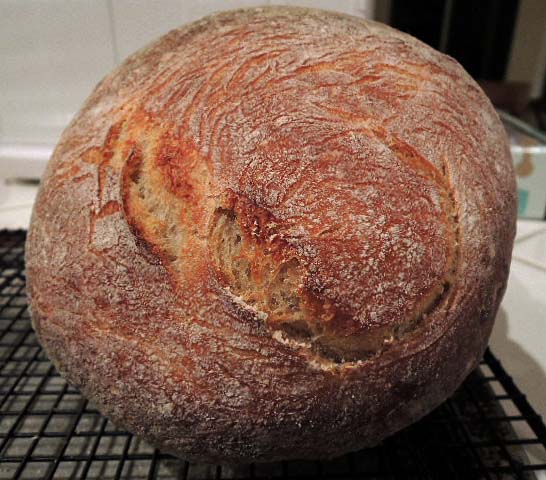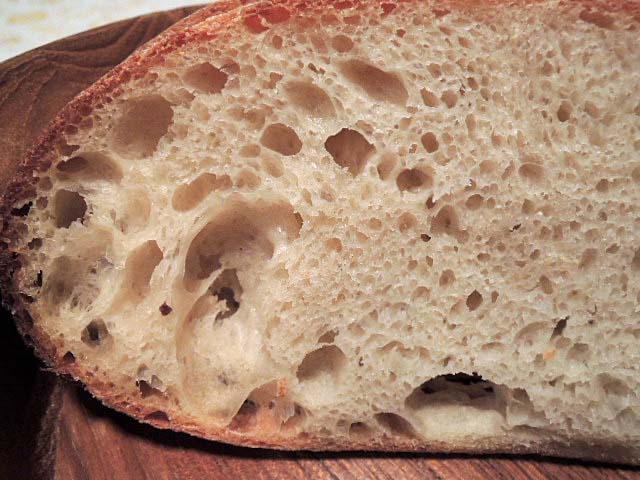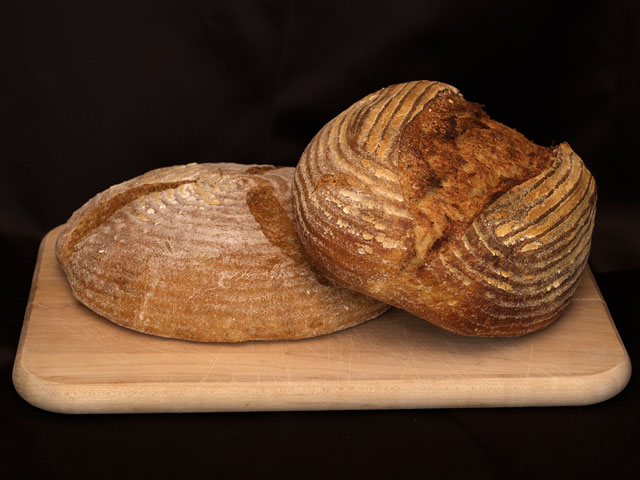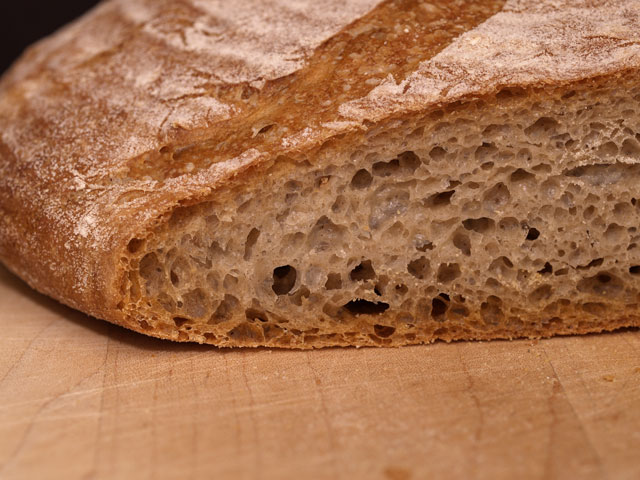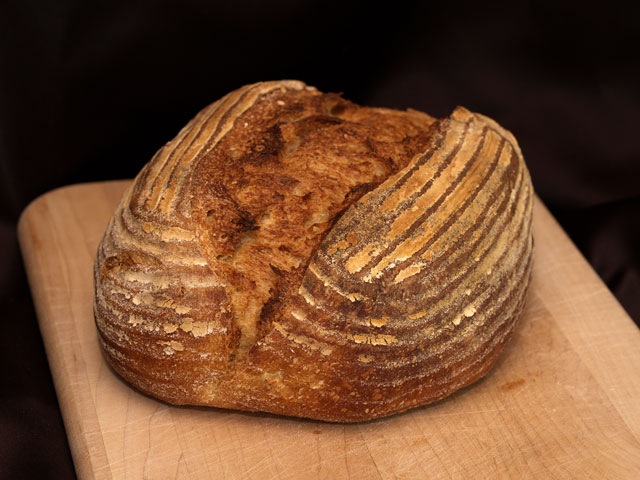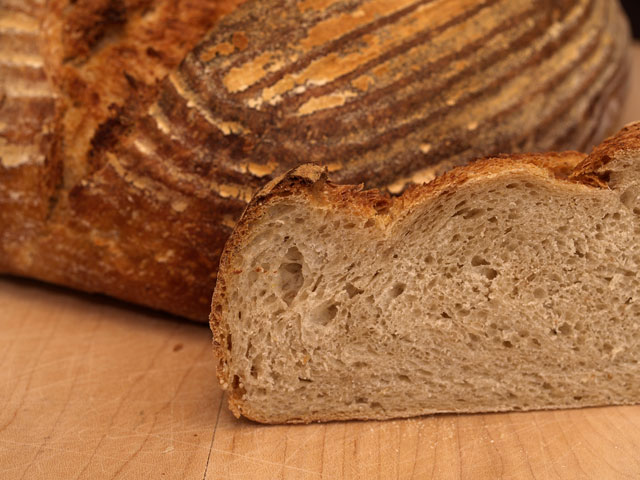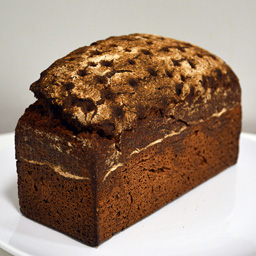Inspired by the recent blogs about Pane di Altamura by Franko
http://www.thefreshloaf.com/node/24102/pane-di-altamuramy-ongoing-project
http://www.thefreshloaf.com/node/24172/first-success-altamura-project
and David Snyder
http://www.thefreshloaf.com/node/24139/pane-tipo-di-altamura-quotlocal-breadsquot,
and by the then hot weather I decided to try out this intersting bread.
In Britain I found three suppliers of Italian flours, so I ordered some.
I got semola di grano duro rimaccinata (the semolina used for bread) by Divella, from near Bari. The grains seem to be a blend from European countries.
I also got tipo 00 soft wheat flour "La Farina di Don Arcangelo", and durun semolina by the same make, both from Altamura. The semolina is coarser and makes wonderful pasta.

Here a picture of the flours:

No 1: TRS fine semolina (durum), which is availlable in Asian shops. Origin: EU countries (to compare)
No 2: La Semola di Don Arcangelo, from Altamura
No 3: Semola di grano duro rimaccinata by Divella, milled near Bari
No 4: La Farina di Don Arcangelo, from Altamura (tipo 00)
No 5: Shipton Mill No 4 organic strong white flour (my current standard flour, to compare)
To try out the Italian flours I wanted to make a bread I knew well: I used the Pugliese formula I learned at the Lighthouse Bakery with two changes:
1. I used 20% semola rimaccinata and 80% tipo 00 (for biga and dough)
2. I found an interesting baking profile in Italian bread blog: Preheat at maximum temperature, bake for 60min with no steam and turn to 200C immediately.
The result is quite amazing, my best Pugliese yet. The taste is not as sweet as the one made with English flour, but it has more depth, and an amazingly elastic yellow crumb. A good contrast to the thick crunchy crust.


Next I tried an Altamura style bread, but I got rushed, and the temparature in our kitchen dropped.
Not quite understanding the durum leaven I mixed too early. The resulting bread took a long time to raise, the crumb is uneven and it tastes very sour. But I am satisfied with my first attempt, I really like the consistency and feel of the semolina dough.
Here a picture of the loaf:

All in all it is great fun to work with these flours,
and it is really wonderful to find so much inspiration here on TFL.
Special thanks to Franko and David,
Juergen
/* UPDATE */
The inside of the Altamura bread:

I think the main problem here was fermentation control: The temperature in the kitchen dropped by about 5C during the last elaboration of the starter, and the effect was more drastic than on wheat or rye starters. I used the starter far too early. Lesson learned
The sources for the flours:
http://www.mattas.co.uk for the Divella semolina
http://www.mediterraneandirect.co.uk/ for the altamura flours - they seem to be out of stock now (as of 8 July 2011)
DeCecco has an online shop (for European countries) where they sell Semola di grano duro rimacinata. They are based in Puglia,but like Divella they seem to use grains from all over the place. I didn't try that (yet).
http://www.dececco.it/eshop/en/


